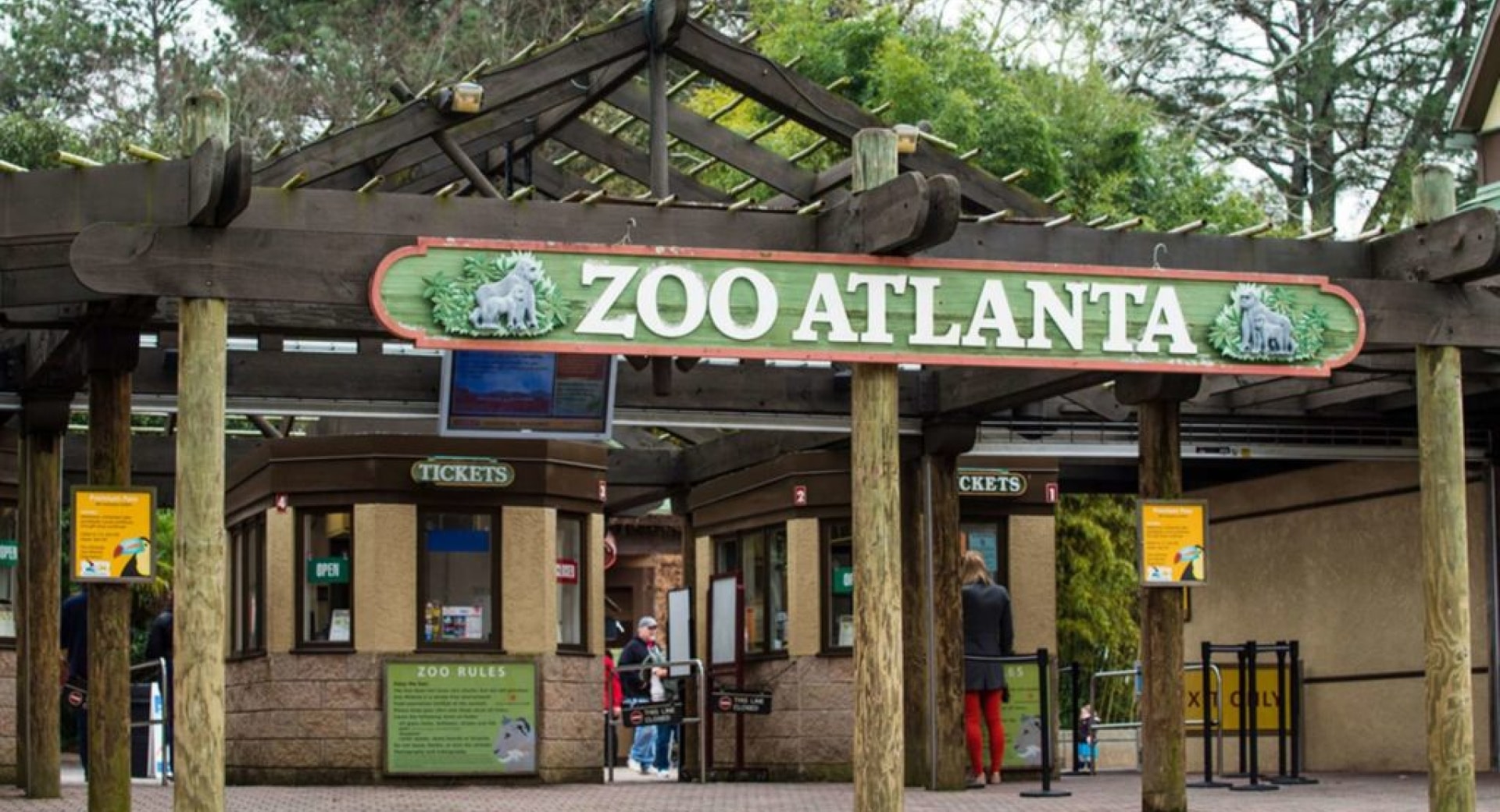
If you are paying any sort of attention lately, you probably know that plastic, while convenient, is not the best for our planet. Maybe you have opted for reusable grocery bags and given up one-time use straws. Maybe you carry one of those fancy water bottles (my friends at work deck theirs out with super cool stickers). You know you want to do your part, no matter how small, to keep this globe healthy a little longer. Yay for all of those things.
You find yourself often wondering, though, what else should I be doing? Let’s be really real for a minute and admit that we aren’t going to do anything radical. Whatever we choose to do next has to fit into our lifestyle pretty seamlessly. What’s the saying? Set realistic and attainable goals? You’ve got to be able to actually attain those bad boys or it won’t do much to set them as goals.
I could turn this article into a top ten list of the things we all could and should be doing, but I won’t. Instead, I want to highlight one way we can all contribute to the conservation of species all over our planet, and tell you it will be fun to do it—educational, to be sure, but also a genuinely great way to spend a day. Let’s take a trip to the zoo, shall we?
What do you remember about your elementary school field trip to the zoo? Zoos have changed a lot in the past few decades. Like, A LOT. I think back to the zoo of my childhood and, while nostalgia truly can be some rose-colored glasses, I am glad that my zoo has grown up, changed and evolved into what it is today—a place to teach visitors about the dangers of habitat loss and poaching—an inside look at how zoos around the world are trying to preserve and conserve wild places.
They do this not only with educational infographics and other signs in the park, but so much behind the scenes. Many zoos have their own conservation departments that focus on projects ranging from toad reintroduction to big cat research and documentation to, you guessed it, supporting groups like Red Panda Network. If there’s a threatened or endangered species you love, odds are there’s a conservation project all about it.
This may be a relief to you. The zoos are doing such important work and they are the professionals, right? There isn’t much you can do to contribute to the cause of conserving wild places for wild animals. You’re doing your part by cutting down on your use of plastics and shaming your friends when they ask for a straw at lunch. Stay in your lane and all that.
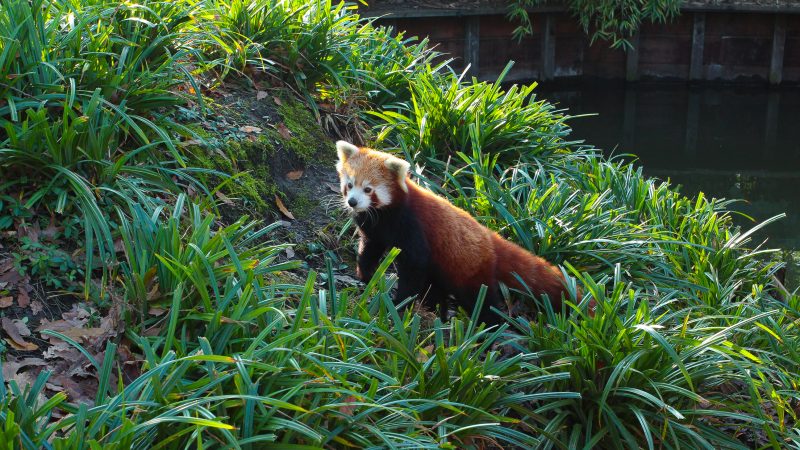 Red panda at Rotterdam Zoo in Rotterdam, Netherlands.
Red panda at Rotterdam Zoo in Rotterdam, Netherlands.
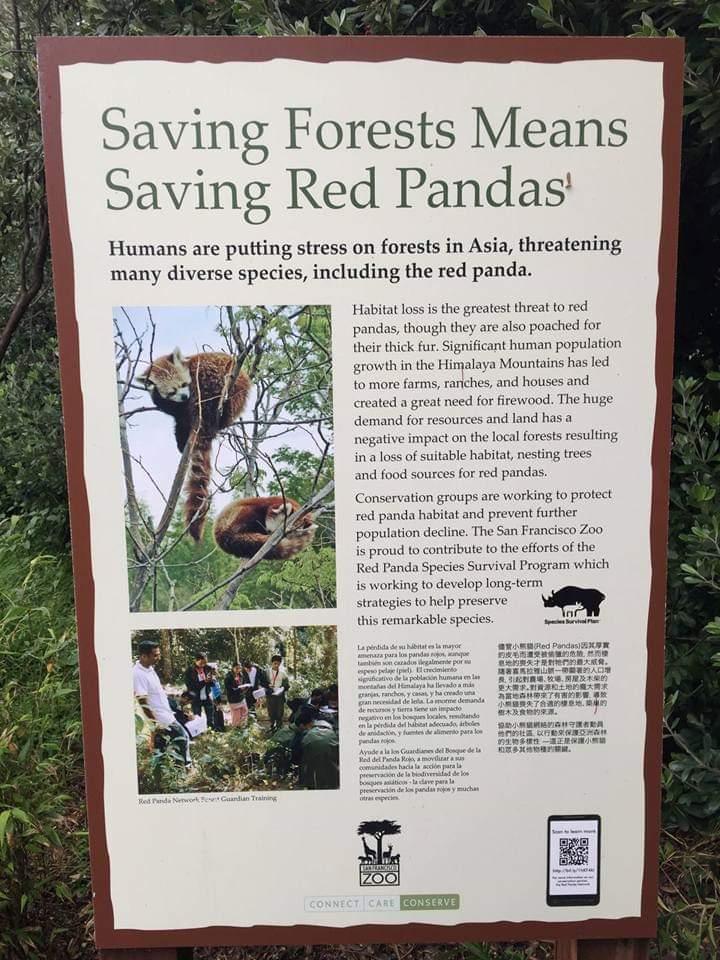 Interpretive sign at San Francisco Zoo in CA, USA.
Interpretive sign at San Francisco Zoo in CA, USA.
Here’s the thing, though: Zoos want to share the incredibly important work they are doing with the public. As non-profit organizations, most zoos rely on donors from their communities for operational costs. Some zoos have amazing networks of donors that truly care about and invest in their organization, while others…not so much. If you find yourself wondering why your zoo hasn’t expanded or brought in different animals in the past few years, a likely reason is lack of funding.
Now to how you can help. Go to your AZA-accredited zoo. Why shouldn’t you visit just any zoo? When you go to an AZA-accredited zoo, you are supporting an institution that has been thoroughly evaluated by experts in animal care so that you can be assured your support will be going toward continuing and improving those standards. To learn more about accreditation and why it is important, visit the AZA’s website. If you are visiting zoos outside of the United States, look for zoos in the WAZA (World Association of Zoos and Aquariums) network. These include, but are not limited to, the EAZA in Europe, the ZAA in Australia and New Zealand, and the SEAZA in Southeast Asia.
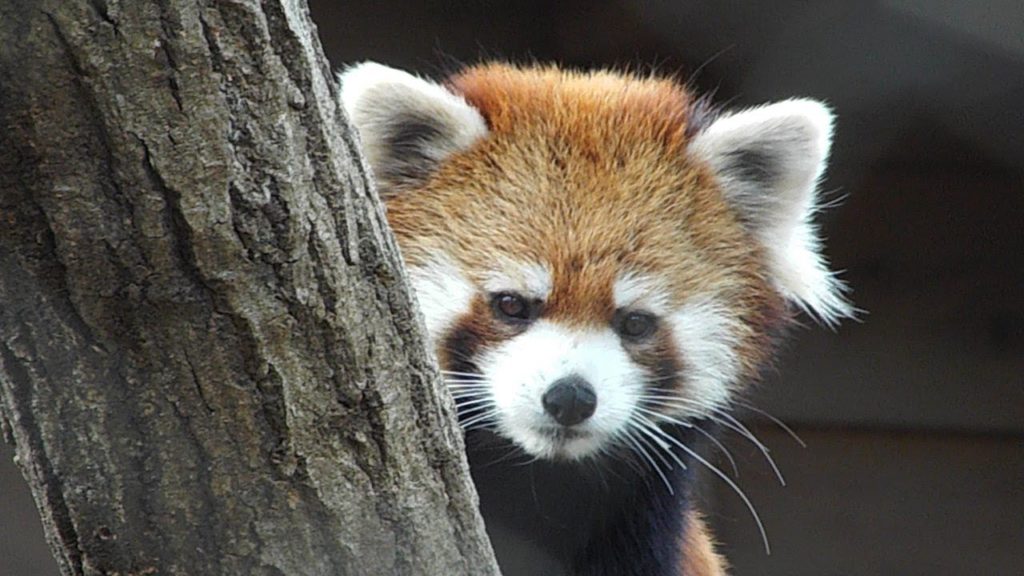 Red panda Lily at Saitama Children's Zoo in Higashimatsuyama, Japan.
Red panda Lily at Saitama Children's Zoo in Higashimatsuyama, Japan.
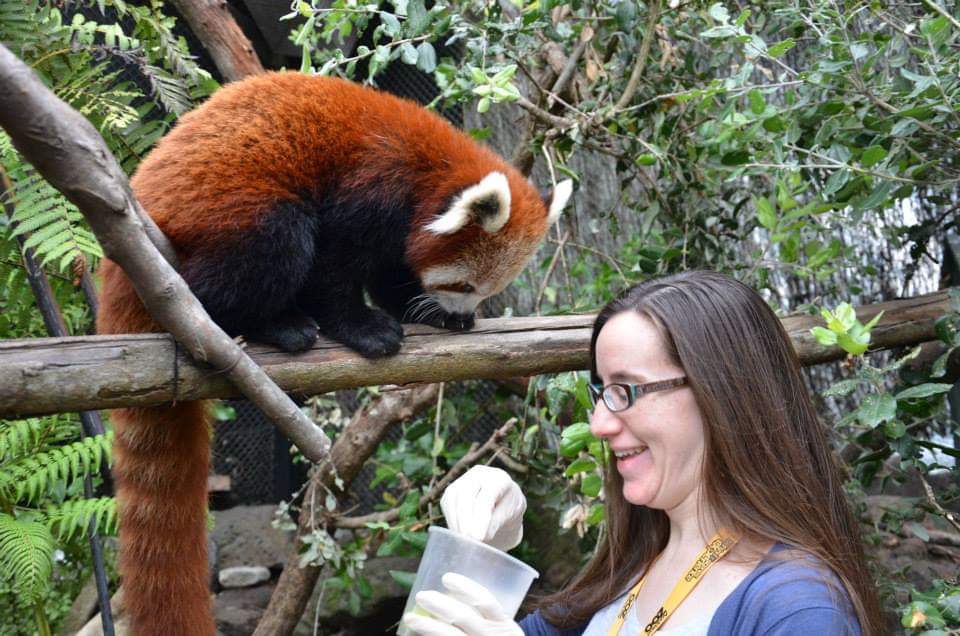 Alana Kardon at Auckland Zoo in Auckland, New Zealand.
Alana Kardon at Auckland Zoo in Auckland, New Zealand.
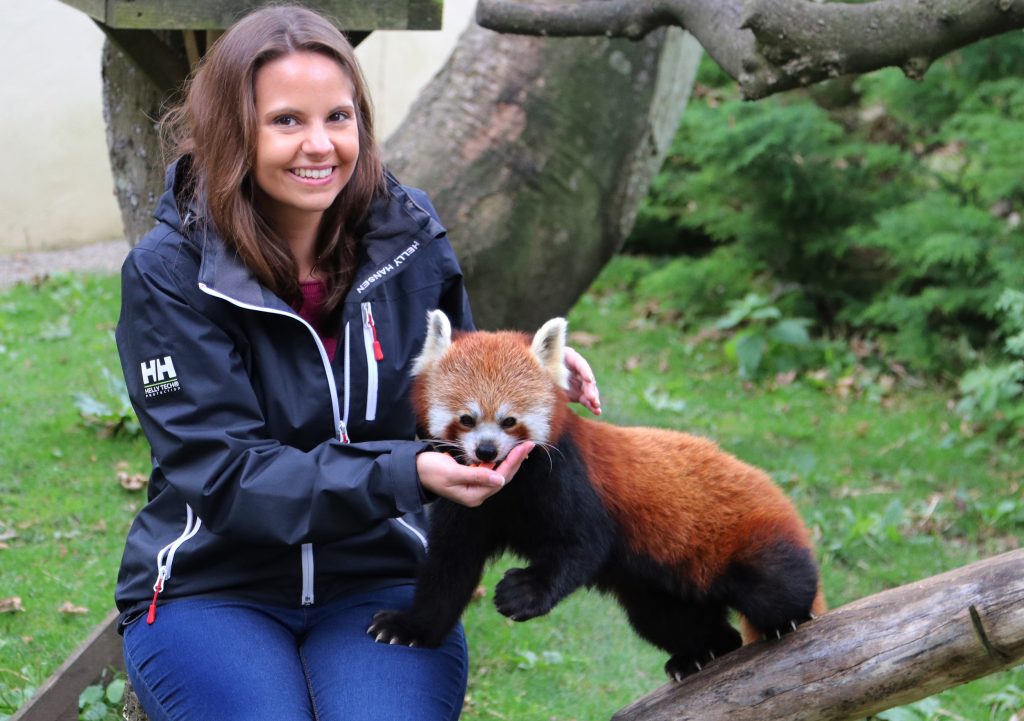
Denise at Red Panda Experience at Paradise Park in Cornwall, England.
Buy a membership to your local accredited zoo if you are able. If you aren’t and can only visit once a year, do that. Don’t skip the gift shop either. As a mom, I groan when I see the words “Exit Thru the Giftshop.” Seriously, is there anything worse than an over-tired toddler screaming at you that he “needs” that thing that you could totally buy online for half the price? I feel your pain. Truly, I do. Here’s another thing, though: you can skip the useless toy if that is what is bothering you and instead buy a shirt or a cool mug. Sometimes these stores will even tell you what percentage of your purchase is going to conservation initiatives. In some zoos, certain products actually benefit specific organizations (Red Panda Network is represented at some, so look for their logo!). Share your visit on social media and tell everyone you know that they too should go to the zoo and learn about the amazing work happening there. Encourage local celebrities to adopt an animal and bring positive attention to what it means to support your local and global communities. Zoos are in it for all of us, after all.
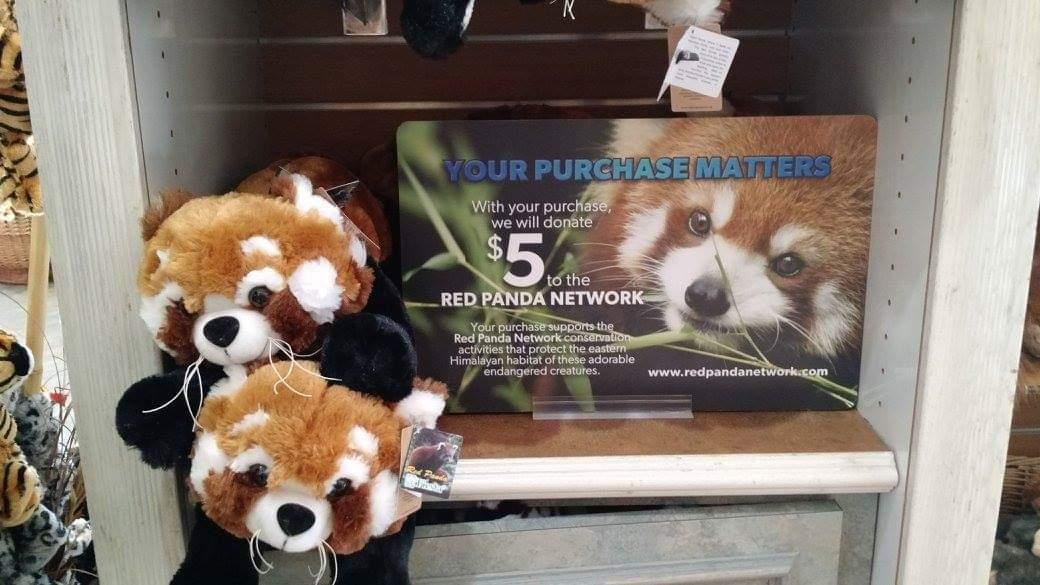 Houston Zoo partners with Service System Associates to support red panda conservation through red panda plush sales in gift shop.
Houston Zoo partners with Service System Associates to support red panda conservation through red panda plush sales in gift shop.
Zoos all over the world also participate in International Red Panda Day (IRPD)—a celebration of red pandas and a day of raising global awareness of this endangered species. On Saturday September 27th, 2019 we are very excited to be celebrating our 10th annual IRPD!
During my Red Panda Pilgrimage where I am visiting every zoo in the United States that houses red pandas, I have had the privilege of visiting 24 AZA accredited zoos. My pilgrimage is not complete, though. I’m actually not even halfway there yet! When I first compiled my list of zoos in the country with red pandas, it was 54 total. Now, there are 66 zoos on the list and it is ever-growing. While sometimes I feel like it will take me three times as long to meet my goal, it is a great problem to have. Great because, as those numbers increase, so does the impact of the conservation message.
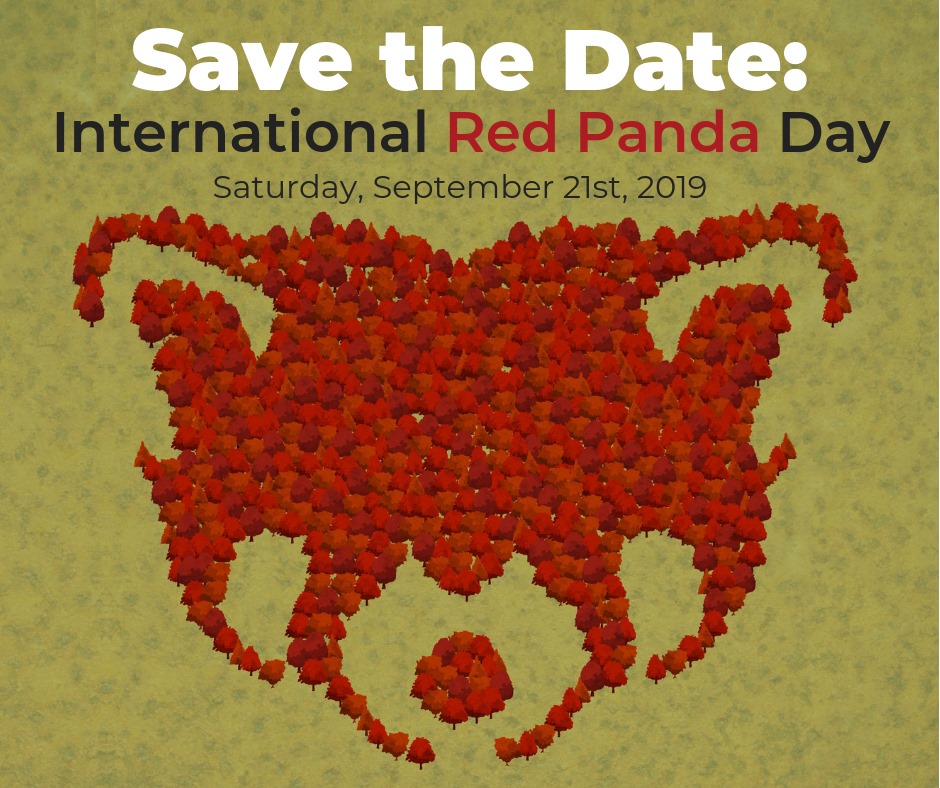
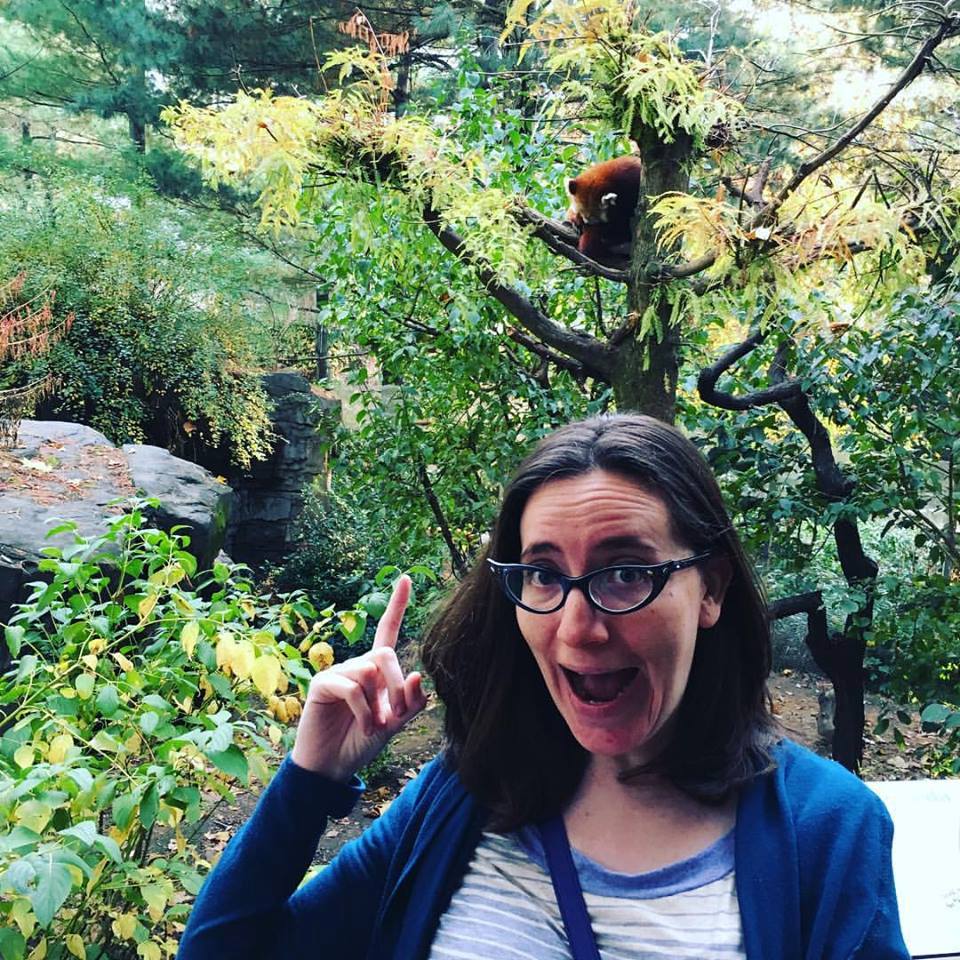 Alana Kardon on her Red Panda Pilgrimage!
Alana Kardon on her Red Panda Pilgrimage!
If it weren’t for zoos, I never would have learned about my favorite animal. That first face to face encounter, while behind glass, shaped me into the person I am today, just as zoos shape countless individuals each day. Most of us will never see our favorite animals in the wild. We can, though, learn about them from the ambassadors raised at zoos. And if that isn’t enough for you, you are in luck! Red Panda Network offers ecotrips to Nepal each year to learn about and catch a glimpse of wild red pandas. I have spoken with zookeepers who have participated in this trip and they have all expressed to me how amazing the experience was and how it has helped them bring back knowledge and skills to care for red pandas at home.
Because of AZA-accredited zoos, species all over the world are being brought back from the brink of extinction, habitats are being restored, and global biodiversity is that much stronger. To find out more about the work your local zoo is doing, visit their website and read their mission. You may be surprised to learn what they’re up to and, I hope, you will be encouraged to support them in their endeavors.
Alana Kardon
Zoo Relations Volunteer
Red Panda Network
